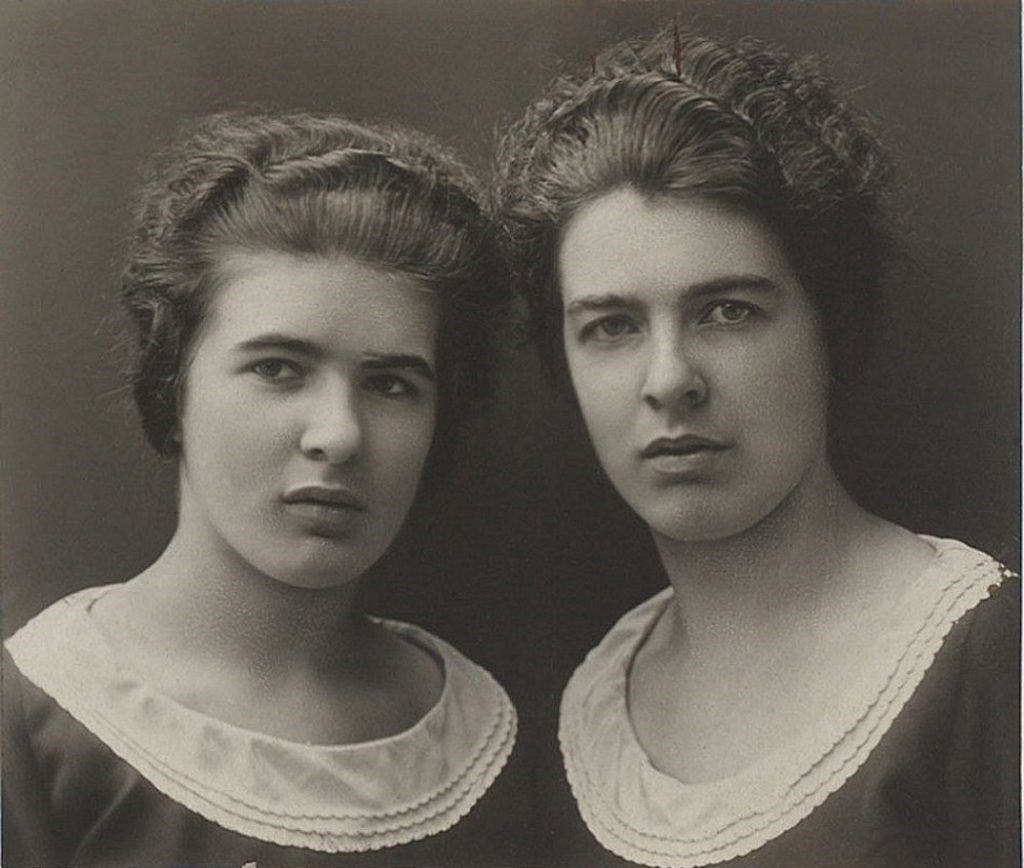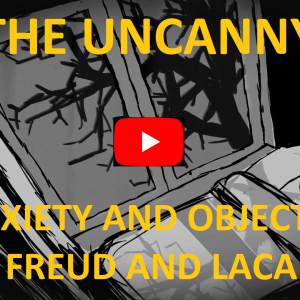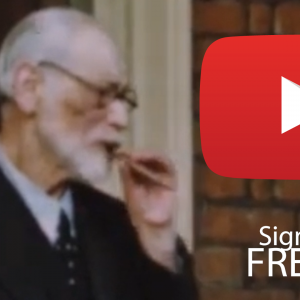5 Lacanian Cinematic Clichés that Hollywood Loves – III
3. Horror Movies and the Mirror Image
Here’s a horror story in just two sentences:
This sends a chill down most spines. The ideas that it plays on – the duplication of the image, that specular representations can’t be trusted, that one’s image is actually someone else’s – are ideas that Lacan explores again and again in his work on the imaginary register, and not just in his most celebrated theory of the mirror stage.
In the third part of this series we’ll look at how an incredibly ubiquitous horror movie trick encapsulates these elements. Here’s a montage of this cinematic cliché in all its glory:
What adds the shock factor to these scenes? The short Lacanian answer would be that they bring into question the solidity of our own image. What we expect to see in the mirror – our own reflection – is actually that of someone else. And is that not the essential lesson of Lacan’s mirror stage? That our own image is ultimately that of an other?
We depend on our image, and we count on seeing it looking back at us when we look into a mirror. This helps us establish a bodily integrity which, so Lacan’s theory goes, we mis-identify as I, as our ego. When this fails, as the cliché above so nicely illustrates, it always produces horror. This is why Hollywood loves using it so much.
“This illusion of unity, in which a human being is always looking forward to self-mastery, entails a constant danger of sliding back again into the chaos from which he started; it hangs over the abyss of a dizzy Assent in which one can perhaps see the very essence of Anxiety.”
– Lacan, ‘Some Reflections on the Ego’ (presentation to the British Psycho-Analytical Society, 2nd May 1951, reproduced in Influential Papers from the 1950s, Furman & Levy (editors), p.303-304.)
Lacan’s words are very apt for describing what the mirror cliché plays on. The stability that your own image gives you is always something anticipated, something you are “always looking forward to”, as he says here. When you lose that stability, that point of reference, there emerges Anxiety (which Lacan gives the dignity of the upper case). Freud might call this experience Unheimlich, uncanny.
And yet this raises a question. If the “self-mastery” Lacan refers to can only be obtained through the medium of the image of the other, why should the presentation of the image of the other be so disturbing and not reassuring? In other words, why does the mirror trick work so well in horror movies like those above and never in romantic comedies?
Running through all of Lacan’s work on the image, from the Aimée case to the mirror stage to aggressivity, is the tension of a fundamental ambivalence: the mirrored image is both the source of our bodily coherence (good) and the object of our vengeance and our homicidal tendencies (bad). The price to be paid for the coherence and stability of our ego is perpetual alienation, rivalry and jealousy.

This is something that French psychiatrists before Lacan had noted in their study of paranoia. They labelled it ‘transitivism’, a term Lacan himself was later to take up. And when Lacan comes to write about the crimes of the Papin sisters in 1933, it is interesting to see that he draws attention to the power cut that precipitated the brutal murders. We can wonder whether it was any accident that it was when the lights failed and the stability of the body image suddenly vanished that the sisters’ murderous “paroxysm of rage” exploded?
Run forward a few years and Lacan is writing the original draft of the mirror stage paper for presentation at the 1936 Marienbad conference. The connection between murderous rivalry and the image was already in his mind. However, the version of the mirror stage paper that we have in the Écrits was re-written in 1949 for the IPA congress in Zurich. Barely a year earlier, he had put the finishing touches to his paper on ‘Aggressivity in Psychoanalysis’. So here we have further proof that Lacan theorised the mirror stage and aggressivity together. And of course the two ideas share not just a temporal closeness but a thematic one: the papers sit side-by-side in the Écrits.
It is no surprise then that the classical clichéd shot of the woman looking in the mirror only to see the killer behind her is so popular in Hollywood’s horror films. It works so well because it plays on the traumatic juxtaposition of self/other. And where the cliché appears it is always in the context of a threat or menace, something that parallels the essentially rivalrous character of the imaginary register.
But there is another nicely Lacanian aspect to this cliché. In movies such as Prom Night, Orphan and the aptly-titled Mirrors each featured in the compilation above (at 0:22, 0:28 and 0:33 respectively) the moment of shock comes not from the presence of the killer in the reflection, but a friend, boyfriend or husband. Sometimes, like in What Lies Beneath (2:06), the killer is the friend, boyfriend or husband. Ostensibly, the initial horror is replaced by the reassurance that the other person has no malevolent intent, but the cliché also plays on our essentially ambivalent relation to the image of the other. As in the two-line horror story reproduced above, it is not whether the other is a friend or foe that matters but the alterity of the image itself. As Freud very aptly remarked, “No one can tolerate a too intimate approach to his neighbour” (SE XVIII, 101). What’s more, in the final clip in the compilation above, from The Broken (3:40), it is the woman’s own image which turns against her, perhaps the ultimate apex of Lacan’s theory of the imaginary.
If you want to test Lacan’s theory about the alienating nature of the self-image out for yourself here’s a fun little game: try staring at yourself in a mirror for more than two minutes. As time passes, most people experience the strange sensation that they are no longer looking at themselves – their image seems to change (some say to age, some say to blur) into something else. The experience is so unsettling for some that they can’t bear it and have to break away. And so we can return to Lacan’s wise words:
“This illusion of unity, in which a human being is always looking forward to self-mastery, entails a constant danger of sliding back again into the chaos from which he started; it hangs over the abyss of a dizzy Assent in which one can perhaps see the very essence of Anxiety.”
By Owen Hewitson, LacanOnline.com

All content on LacanOnline.com is licensed under a Creative Commons Attribution-NonCommercial 3.0 Unported License.





awesome!
We suggest you watch the movie ‘US’, just released because….it dramatized the element of the double.
, and the HegeliN DIMESNION OF NEEDING TO KILL THE OTHER WHO IS I. tHE EMPHASIZE ON ANXIETY IS VERY NICELY DONE.
Liked the scene of Daniel Craig ‘putting himself together’. I don’t normally like scary things…but I didn’t find myself too terrified.